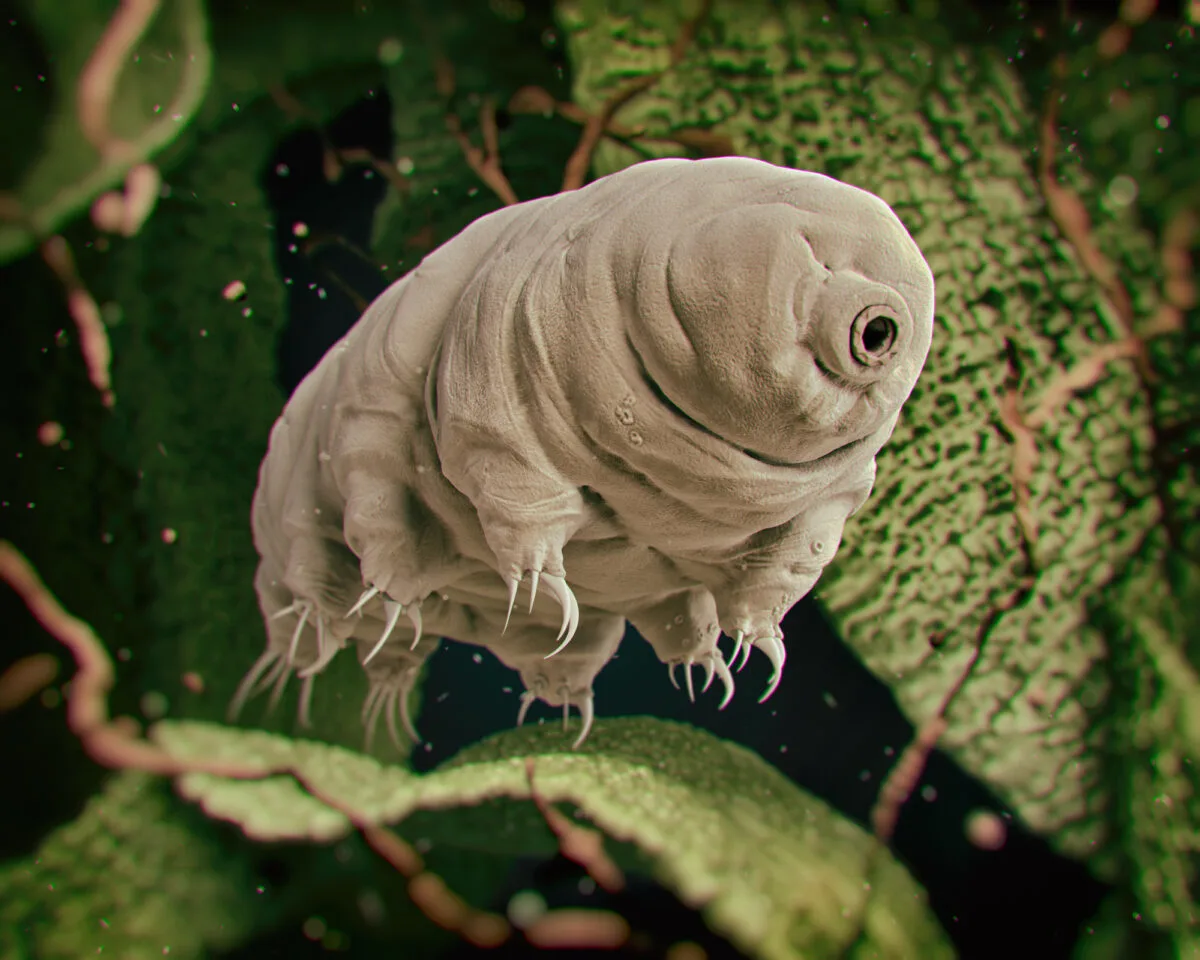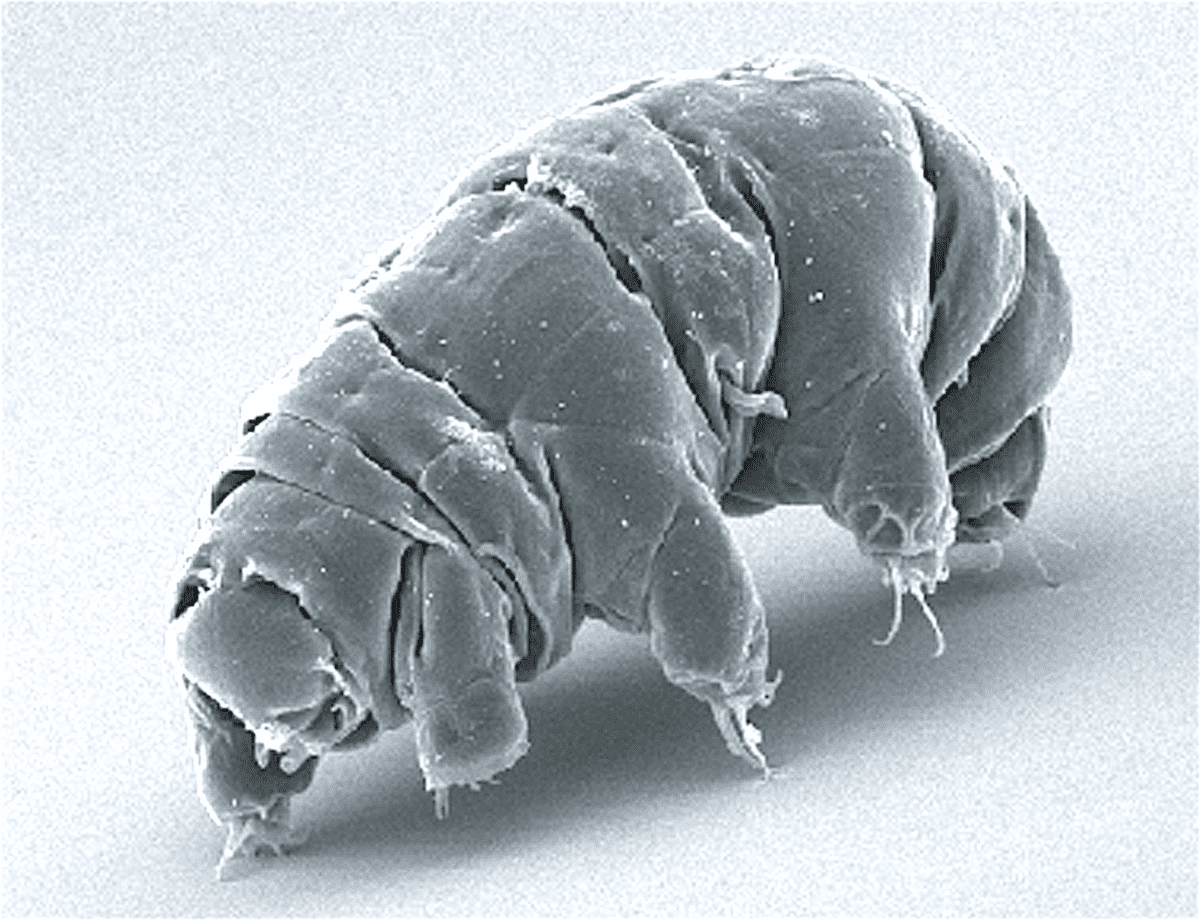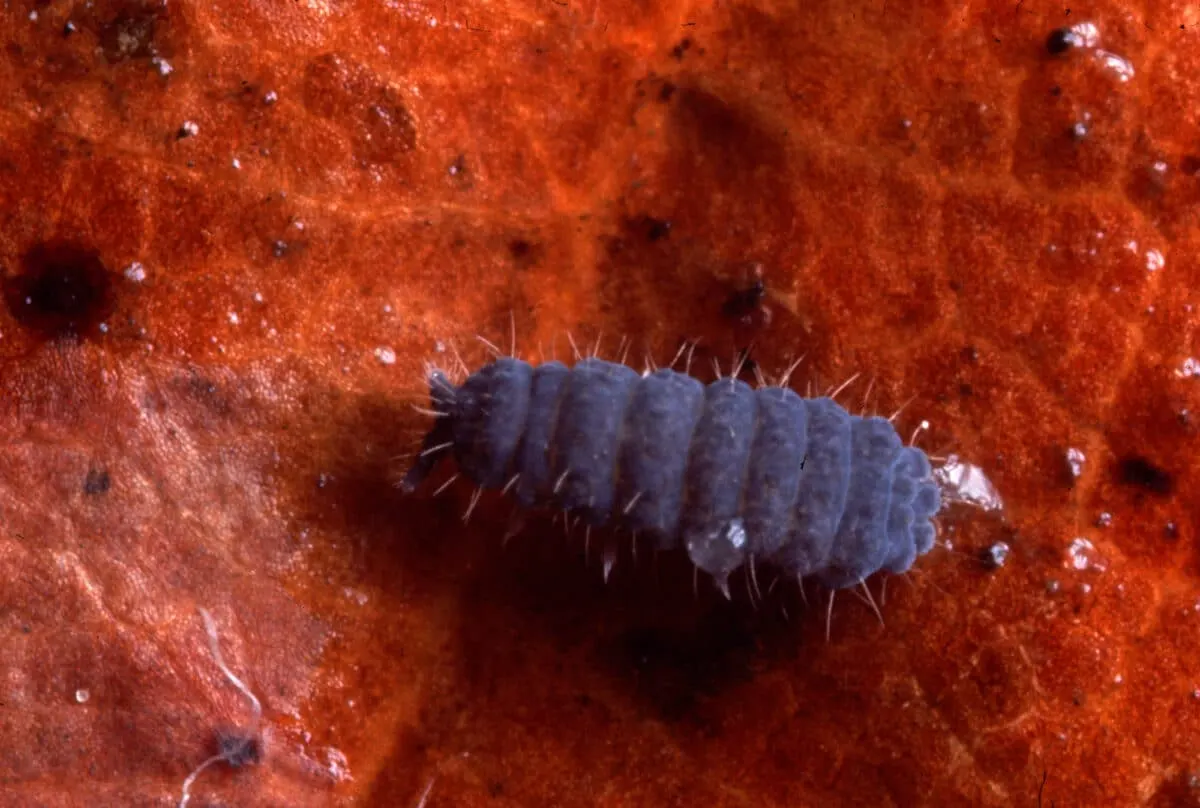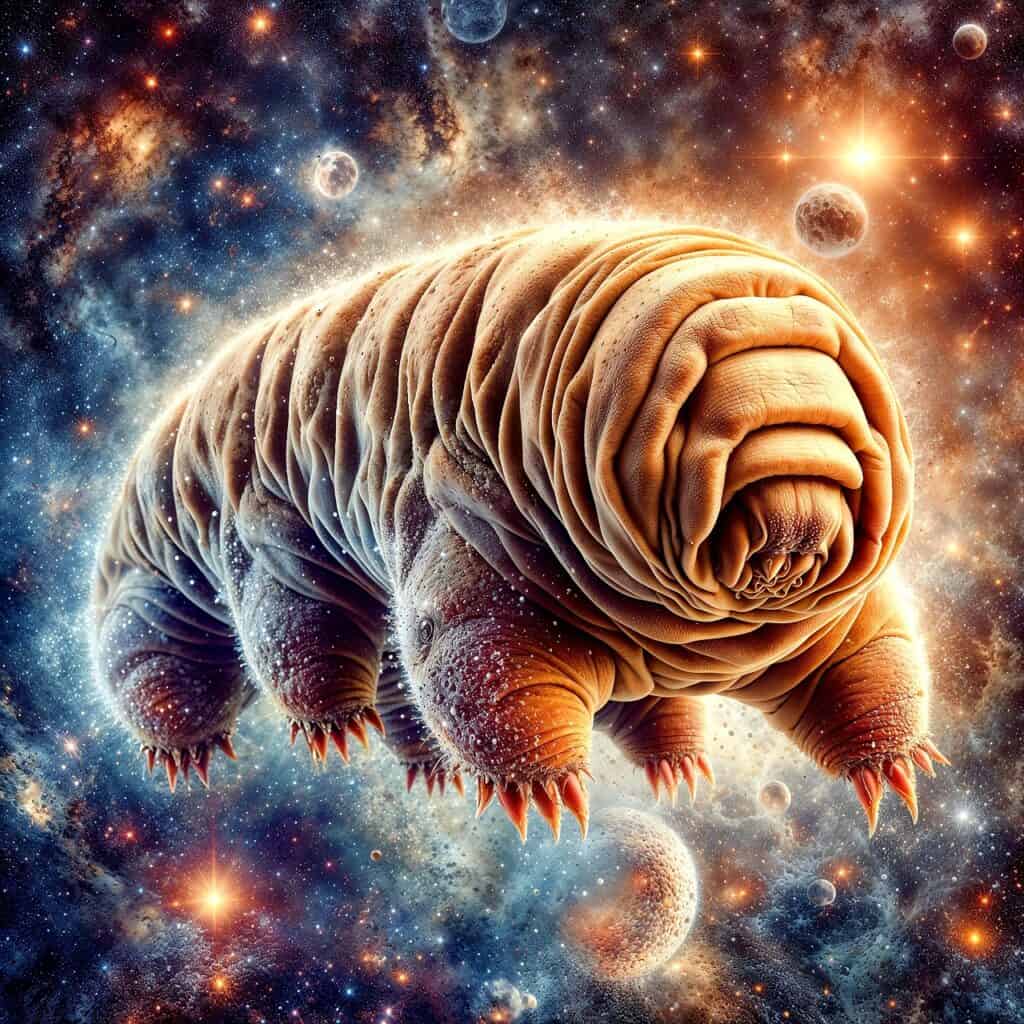In the vast expanses of space, where radiation levels soar and gravity diminishes, humans face unprecedented biological challenges. Yet, the answer to our long-term space survival might come from an unexpected source – a minuscule, eight-legged creature barely visible to the naked eye. The tardigrade, commonly known as the water bear or moss piglet, possesses extraordinary survival capabilities that have captured the attention of astrobiologists and space agencies worldwide. These microscopic mites, measuring just 0.5mm long, can withstand conditions that would be lethal to almost all other known life forms. As humanity looks toward extended space missions and potential colonization of other planets, these resilient creatures may hold secrets that could revolutionize our approach to space survival.
Meet the Extremophile Champion

Tardigrades belong to a phylum of their own, with over 1,300 species identified to date. These eight-legged micro-animals typically inhabit moist environments like mosses, lichens, soil, and sediments in both marine and freshwater systems. Despite their diminutive size, tardigrades are complex organisms with a complete digestive system, nervous system, and well-developed muscles. What sets them apart, however, is their unparalleled resilience to environmental extremes that would destroy cellular structures in most organisms. This remarkable adaptability has earned them the title of Earth’s ultimate survivors and positioned them as valuable subjects for space-related research.
Surviving the Vacuum of Space

In 2007, the European Space Agency conducted the groundbreaking TARDIS (Tardigrades In Space) experiment, exposing tardigrades to the harsh vacuum of space. The results were astounding – these tiny creatures survived direct exposure to space vacuum and solar radiation for 10 days. Upon return to Earth and rehydration, many resumed normal biological functions and even reproduced successfully. This experiment confirmed what scientists had long suspected: tardigrades possess unique biological mechanisms that allow them to endure conditions that would be instantly fatal to humans. The vacuum of space causes rapid dehydration and exposure to harmful radiation, yet tardigrades emerged relatively unscathed, demonstrating potential pathways for human adaptation to space environments.
The Cryptobiosis Phenomenon
The key to tardigrade survival lies in their ability to enter a state known as cryptobiosis – a reversible suspension of metabolism where all measurable life processes come to a temporary halt. When environmental conditions become unfavorable, tardigrades can reduce their metabolic activity to less than 0.01% of normal, effectively entering a death-like state while preserving cellular integrity. They can remain in this suspended animation for decades and, upon return to favorable conditions, rehydrate and resume normal functions within hours. This remarkable ability challenges our understanding of the requirements for life and offers potential solutions for human space travel challenges, particularly for long-duration missions where metabolic suspension could conserve resources and protect against radiation damage.
Radiation Resistance Through DNA Protection

Perhaps the most relevant space survival trait of tardigrades is their extraordinary resistance to radiation. These micro-animals can withstand radiation doses hundreds of times higher than what would be lethal to humans. Research published in Nature Communications in 2016 identified a unique tardigrade protein called Dsup (Damage Suppressor) that protects DNA from radiation damage. When researchers introduced this protein into human cell cultures, they observed a 40% reduction in X-ray damage to DNA. This discovery represents a potential breakthrough for radiation protection in space, where cosmic radiation poses one of the greatest threats to astronaut health. Scientists are now exploring ways to adapt this natural protection mechanism for human applications, potentially through gene editing or protein-based therapies.
Extreme Temperature Tolerance

Space environments present extreme temperature fluctuations, ranging from scorching heat in direct sunlight to frigid cold in shadow. Tardigrades demonstrate remarkable temperature tolerance, surviving temperatures as low as -458°F (-272°C), just above absolute zero, and as high as 300°F (149°C). This thermal resilience far exceeds human capabilities and stems from specialized proteins that prevent cellular damage during freezing and protective sugars like trehalose that stabilize membranes and proteins at high temperatures. Understanding these mechanisms could lead to the development of technologies that protect human tissues and equipment from the temperature extremes encountered during space travel and on extraterrestrial surfaces.
Pressure Adaptability

Tardigrades have demonstrated survival at pressures six times greater than those found in the deepest ocean trenches and can also withstand the near-vacuum conditions of space. This pressure adaptability is particularly relevant for space missions, where astronauts must transition between the pressurized environment of spacecraft and the vacuum of space during activities like spacewalks. By studying how tardigrade cell membranes maintain integrity under varying pressure conditions, scientists hope to develop improved spacewalk equipment and pressurization systems that reduce physiological stress during pressure changes. Some research suggests that tardigrade-inspired protective compounds could eventually be incorporated into spacesuits or habitat materials.
Dehydration Mastery

tardigrade. Image via Unsplash
Water scarcity represents a significant challenge for extended space missions. Tardigrades possess the remarkable ability to survive extreme dehydration, losing up to 97% of their body water through a process called anhydrobiosis. When dehydrated, they replace water with specialized molecules that form a glass-like matrix, preserving cellular structures until water becomes available again. This biological approach to water conservation could inspire more efficient life support systems for space missions, potentially reducing the water requirements for long-duration flights or planetary habitation. Additionally, understanding the molecular mechanisms of anhydrobiosis could lead to improved methods for preserving medications, food, and biological samples during long space journeys.
Genomic Insights for Radiation Protection

The tardigrade genome, sequenced in 2015, revealed fascinating adaptations that contribute to their extreme durability. Unlike most organisms that suffer irreparable DNA damage from radiation exposure, tardigrades possess enhanced DNA repair mechanisms and multiple copies of genes associated with protection against oxidative stress. Additionally, they have unique genes found nowhere else in the animal kingdom that encode for proteins specifically involved in protecting cellular components during desiccation and radiation exposure. Researchers at NASA and various universities are now focusing on these unique genetic elements to develop radiation-protective compounds that could be used to safeguard astronauts during long-duration space missions, particularly those venturing beyond Earth’s protective magnetosphere.
Tardigrade-Inspired Space Technologies

The extraordinary resilience of tardigrades has inspired a new generation of space technologies aiming to replicate their protective mechanisms. Engineers at several space agencies are developing “biomimetic” materials based on tardigrade proteins that could be incorporated into spacecraft shielding, spacesuits, and habitat construction. For example, researchers at the University of California are working on synthetic versions of tardigrade intrinsically disordered proteins (IDPs) that could be applied as coatings to protect sensitive equipment from radiation damage. Similarly, medical researchers are exploring tardigrade-derived compounds that might protect astronauts’ cells from radiation-induced DNA damage and help mitigate the muscular and skeletal deterioration associated with extended exposure to microgravity.
Biological Time Capsules

The tardigrade’s ability to enter suspended animation offers intriguing possibilities for long-duration space travel. Scientists are investigating whether similar states of metabolic suspension could be induced in humans for interstellar journeys, effectively creating “biological time capsules” that would allow astronauts to survive multi-year or even multi-generation journeys with minimal aging or resource consumption. While human cryptobiosis remains firmly in the realm of science fiction for now, researchers are making progress in understanding the fundamental biological mechanisms that could eventually make it possible. Studies focusing on tardigrade cell preservation during cryptobiosis have already led to improvements in cryogenic preservation techniques that could benefit long-term space missions through better methods of storing biological materials and emergency medical supplies.
Ethical Considerations and Future Research

As with any frontier of science, tardigrade-inspired space technologies raise important ethical considerations. The potential genetic modification of humans using tardigrade genes or the development of induced suspended animation techniques must be approached with careful consideration of safety, consent, and long-term implications. Current research focuses primarily on developing protective compounds and materials based on tardigrade biology rather than direct genetic modification of humans. NASA and other space agencies have established bioethics committees specifically focused on these emerging technologies, ensuring that advances in tardigrade-inspired space survival solutions proceed with appropriate oversight. Future research will likely expand to include systematic studies of how tardigrade-derived compounds interact with human physiology in space-like conditions, potentially through experiments on the International Space Station.
Tardigrades as Space Colonization Pioneers

Beyond their role in inspiring protective technologies, tardigrades themselves may serve as pioneers in space colonization efforts. These resilient creatures could potentially survive on Mars or other planetary bodies with minimal protection, serving as the first Earth organisms to establish themselves beyond our planet. Scientists are already studying how tardigrade populations respond to simulated Martian conditions, with preliminary results suggesting they could survive in protected micro-habitats on the Red Planet. Such research contributes to our understanding of planetary protection policies and the potential for inadvertent biological contamination of other worlds. Some astrobiologists propose that contained tardigrade colonies could serve as biological indicators in early planetary habitation experiments, helping to identify environmental hazards before human settlers arrive.
The humble tardigrade demonstrates that nature has already solved many of the challenges that human space explorers face. Through millions of years of evolution, these microscopic mites have developed survival strategies that allow them to endure conditions far more extreme than those encountered even in the harshest space environments. As we stand at the threshold of becoming a multi-planetary species, the biological secrets of these resilient creatures may provide crucial keys to overcoming our inherent vulnerabilities. From radiation protection to resource conservation, tardigrade-inspired technologies could fundamentally transform our approach to space travel and habitation. While we may never match the tardigrade’s natural resilience, by understanding and adapting their survival mechanisms, humanity may finally overcome the biological barriers that have kept us bound to Earth and open the door to the stars.
- 10 Times US Military Dogs Performed Acts of Unbelievable Bravery - August 13, 2025
- These Plants Eat Insects, But One Species Has Been Caught Eating Something Even Bigger - August 13, 2025
- How to Survive a Snake Encounter in the Wild - August 13, 2025

